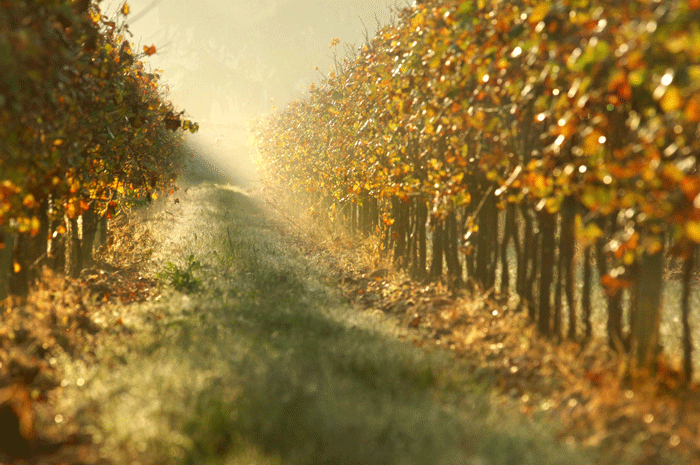Franciacorta: a threat to Champagne’s throne?
Author: Sophie Thorpe
As far as the Italian sparkling wine category is concerned, Prosecco is the dominant style, thanks to its easy-drinking nature and association with Giuseppe Cipriani’s fêted cocktail, the Bellini. In reality Italy has the largest number of sparkling wine appellations in the world, with over 100 DOCs legally permitted to produce wine of the effervescent variety. Not many of these produce wines of quality, but mid-way between Milan and Verona – and within sight of the Alps – lies Franciacorta, one of only two sparkling appellations in Italy where the wines must be made using the metodo classico (the technique utilised to craft the world’s most complex sparkling wines, from Champagne to Cava via our burgeoning domestic scene).
The sparkling wines of Franciacorta are a relatively modern invention: the first example was produced in 1961 for the Berlucchi family estate in imitation of the Champenois style. It was only in 1995 that the region was awarded its DOCG status. This classification led to the elimination of the use of Pinot Grigio, a reduction in the number of communes (19 of the 23 made the cut), a reduced limit on yields and the amount of juice extracted from grapes, as well as an increase in the minimum vine density. The area also produces still wines of varying styles and quality under the Curtefranca DOC – which, until 2008 was known as Terre di Franciacorta.
With its mineral-rich soil and a climate moderated by the influence of the serpentine Lake Iseo to the north, the area is well-suited to the production of Chardonnay and Pinot Noir. The permitted grapes here are Chardonnay, Pinot Nero (Pinot Noir) and Pinot Bianco (Pinot Blanc), with a maximum 50 percent of the latter variety making up the blend. Non-vintage wines spend a minimum of 18 months on their lees, and aren’t released until at least 25 months after the harvest of the youngest base wine; this is generous in comparison to non-vintage Champagne, which can be sold a mere 15 months after bottling. Vintage Franciacorta, meanwhile, can be released after a minimum of 37 months following the harvest, including at least 30 months’ lees-ageing. Franciacorta also produces the unique Satèn, a blanc de blancs made in a softer style at reduced pressure (of maximum 5 atmospheres), with a dosage of no more than 15 grams per litre.
These stricter regulations on production have ensured an increase in quality, which has only aided the rise in popularity of this alternative to Champagne. Intriguingly, it is now also compulsory for producers to include the disgorgement date on the label, a detail of increasing interest to consumers.
While production doubled between 2006 and 2012 to 13.85 million bottles, Franciacorta remains small-time in comparison to Champagne (which rolls out 300 million bottles a year). Yet with English sparkling wines en vogue and ever more informed and intelligent consumers looking beyond France for their fizz, it is clear that Champagne is no longer the de facto ruler of the waves. The light and fruity Prosecco may be one of the most accessible alternatives, but in Franciacorta Italy has a much more serious option to offer.
Read more about Franciacorta on bbr.com.




would like to follow your wine blog thanks